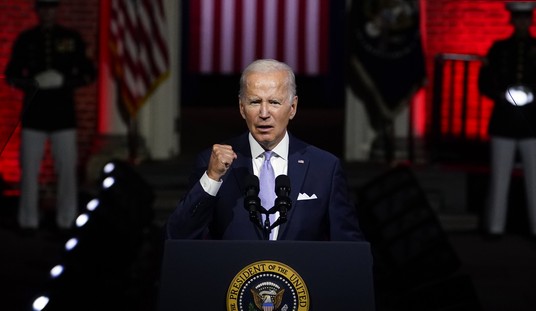The agreement hammered out between Joe Biden and House Republicans is by no means a done deal. Hard-liners on both sides will find it unacceptable, and it’s not clear at all whether Congressional negotiators on both sides can knock enough heads together to come up with workable majorities.
But there are some elements in the deal that are well worth keeping. Among the most important is a virtual freeze on non-defense spending in FY 2024 and a one-percent rise in spending the year after that.
That doesn’t sound like much, but it’s nearly unprecedented. There is also a rollback in IRS funding increases, work requirements for some government benefits, and a clawback of billions of dollars of COVID-19 relief funds.
The agreement would also restart student loan repayments. While it leaves the Biden student loan forgiveness plan in place, the Supreme Court is expected to ax the entire program next month in one of its first announced decisions.
Most painfully for Democrats, there will be some changes to work requirements for SNAP benefits.
Currently, childless, able-bodied adults ages 18 to 49 are only able to get food stamps for three months out of every three years unless they are employed at least 20 hours a week or meet other criteria. The deal would raise the age to 54, according to the source. The GOP fact sheet says it would apply to those up to age 55.
However, the deal would also expand exemptions for veterans, people who are homeless and others in the Supplemental Nutrition Assistance Program, or SNAP, as food stamps are formally known.
And all the changes would end in 2030.
The agreement would also make changes to the current work requirements in the Temporary Assistance for Needy Families program.
Work requirements would not be introduced in Medicaid, which House Republicans had called for in their debt ceiling bill.
“I just got off the phone with the president a bit ago. After he wasted time and refused to negotiate for months, we’ve come to an agreement in principle that is worthy of the American people,” McCarthy tweeted.
Indeed, Biden was praying all along for a Republican smash-up on the debt ceiling, thinking that the GOP caucus would become hopelessly fractured, allowing Biden to waltz in and claim a “clean” debt limit deal.
It never happened. And much to the chagrin of the Democrats in Congress who were urging Biden to stand firm and not negotiate, Biden gave in to the inevitable and sat down with McCarthy.
The hard part now begins with McCarthy having to persuade about 120 Republicans in the House to vote for the deal while Biden needs to get about 100 Democrats to agree. And there’s no guarantee that the Senate will even have the 60 votes to take up the legislation in the first place.
Right now, I’d say the chances are 75-25 that the U.S. will default on its obligations on June 5. What happens after that is anyone’s guess. Some on the right say nothing will happen because the government has money coming in all the time and the Treasury Department can simply use the current receipts to pay what we owe on bonds and Treasury-backed securities.
That’s very true — at least, to some degree. Not all our debt obligations will be covered, however, and money for government programs like Medicare and Social Security will come up short. And even if every dollar of debt is covered, just watch the financial markets as we count down to June 5. The chances for a worldwide crash are not zero.
Perhaps common sense will prevail and both sides will see that the deal is just about the best that party could hope for.










